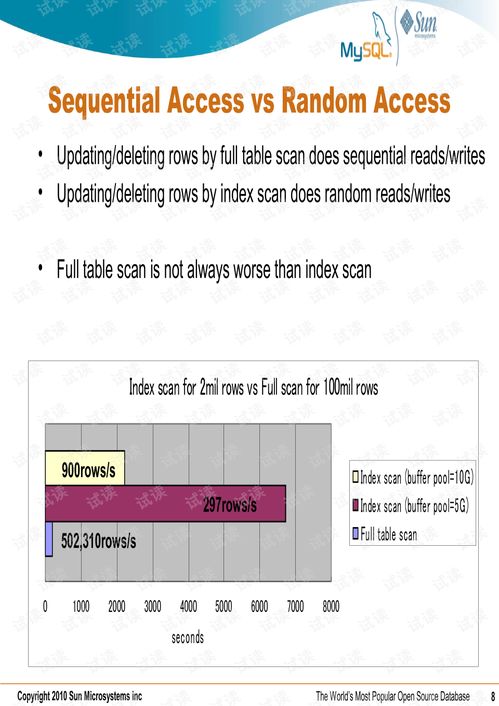Content:
Introduction: D钓鱼 is an ancient and beloved pastime that requires patience, skill, and a deep connection with nature. One of the most fundamental aspects of fishing is baiting your hook, and while there are various tools available for this task, mastering the art of hand-lining bait can greatly enhance your fishing experience. In this article, we will delve into the essential techniques for hand-lining bait, providing you with the knowledge to become a more proficient angler.
Choosing the Right Bait: The first step in hand-lining bait is selecting the appropriate type of bait for your target fish. Different species of fish are attracted to different types of bait, so it's crucial to research and understand the preferences of the fish you're aiming to catch. Common types of bait include live bait, such as worms, minnows, or leeches, and artificial bait, such as lures or jigs.
Preparing Your Bait: Once you've chosen your bait, it's important to prepare it properly. For live bait, this may involve hooking it through the mouth, eyes, or gills, depending on the species. Artificial bait, on the other hand, may require threading it onto a hook or securing it with a split ring. Always handle your bait with care to ensure it remains lively and appealing to the fish.
Attaching the Bait to the Hook: Now that your bait is prepared, it's time to attach it to the hook. Here are some common techniques for hand-lining bait:
a. The Worming Technique: This method is ideal for using worms as bait. Simply push the point of the hook through the center of the worm, leaving the hook exposed at the end. This allows the worm to wiggle and entice fish.
b. The Jigging Technique: For artificial baits like jigs, you'll want to thread the bait onto the hook, ensuring that the hook is securely attached. For soft plastics, like grubs or worms, you can use a Texas rig or a Carolina rig, depending on the fishing situation.
c. The Split Ring Technique: This method is used for baits that are attached to a split ring, such as some lures or soft plastics. Hold the bait with one hand and the split ring with the other, then push the hook through the bait and into the split ring.
Presenting the Bait: Once your bait is attached to the hook, it's time to present it to the fish. Here are some tips for effective bait presentation:
a. Cast Your Line: Cast your line out into the water, aiming for the desired depth and location. Be mindful of wind and current, as these factors can affect your cast.
b. Let the Bait Sink: Allow your bait to sink to the desired depth before beginning to retrieve it. This gives the fish time to detect and investigate the bait.
c. Retrieve the Bait: Move your rod tip in a slow, steady motion to mimic the natural movement of the bait. Vary your retrieve speed and cadence to see what works best for the fish you're targeting.
Reading the Bait: To become a skilled hand-liner, it's important to learn how to read your bait. Pay attention to the following signs:
a. Wiggling: A lively, wiggling bait is more likely to attract fish. If your bait stops moving, it may be time to change it or adjust your retrieve.

b. Color: Bright colors can be more visible to fish, especially in murky water. Choose baits with colors that stand out to increase your chances of a bite.
c. Size: The size of your bait should match the size of the prey that the fish you're targeting would naturally eat. Using the right size can make a significant difference in your success rate.
Conclusion: Mastering the art of hand-lining bait is a valuable skill for any angler. By choosing the right bait, preparing it properly, attaching it to the hook, and presenting it effectively, you can significantly improve your chances of catching fish. Remember to practice these techniques and always be willing to adapt and learn from each fishing experience. Happy fishing!












